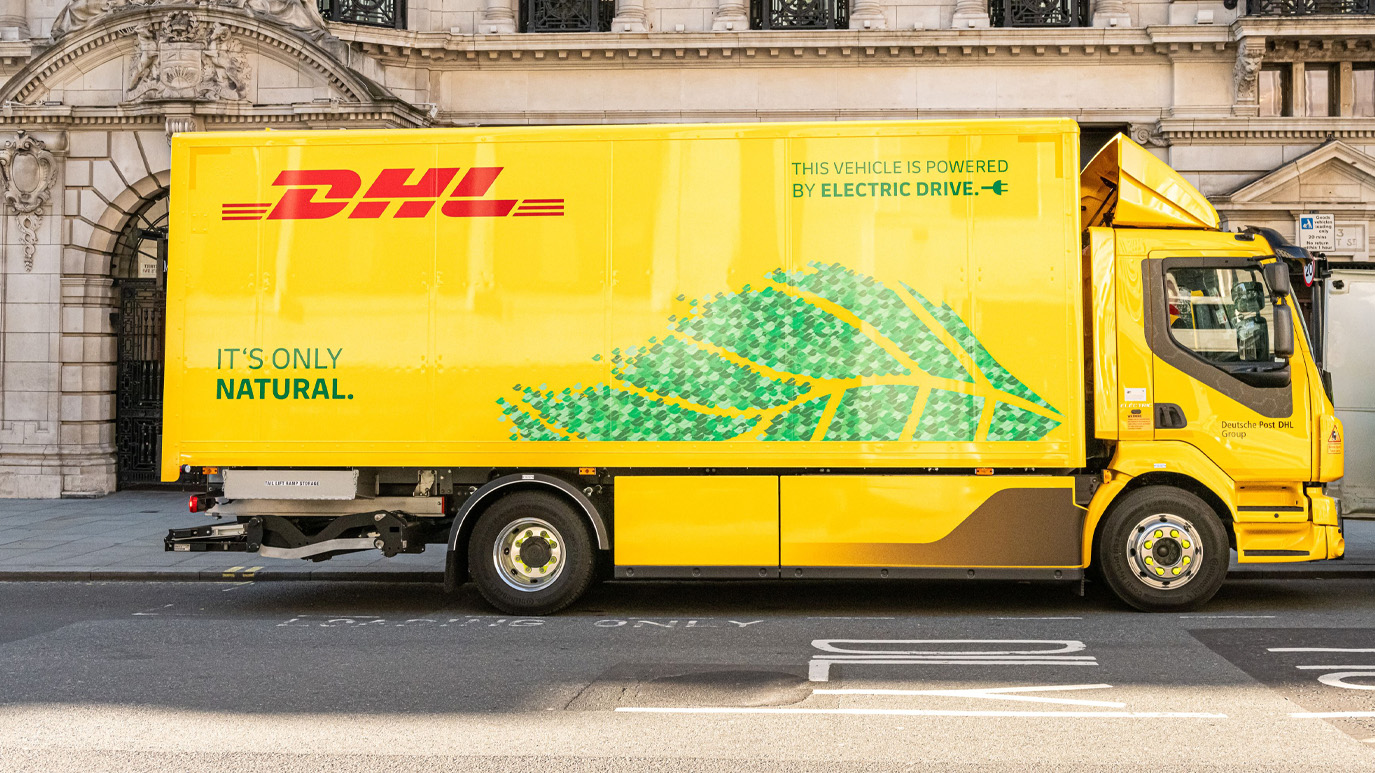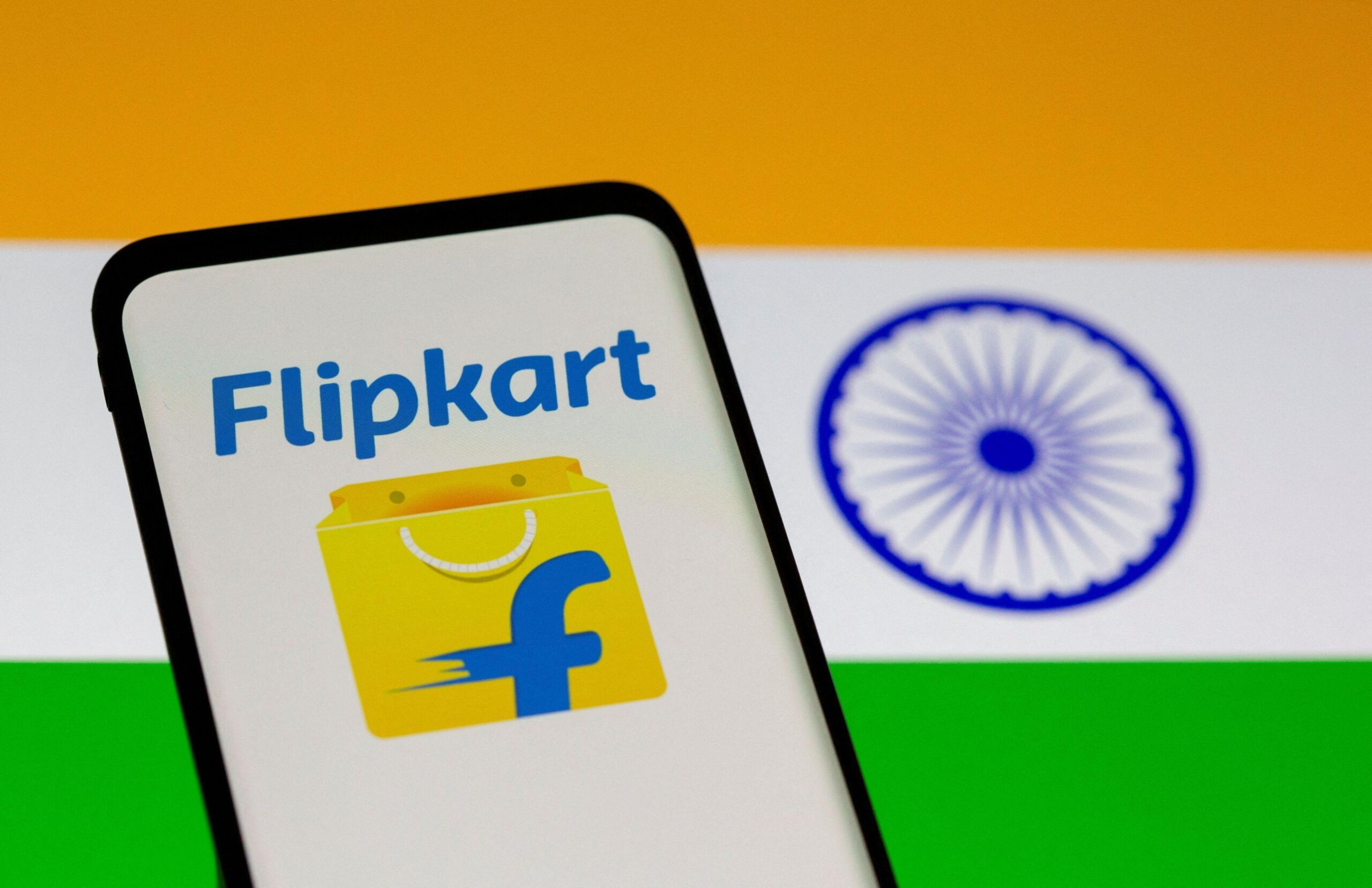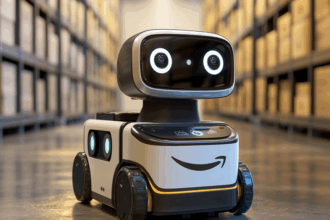In 2023, DHL Group, a global leader in logistics, unveiled its new framework, DHL Strategy 2030, aimed at accelerating sustainable growth. This strategy focuses on boosting revenue, improving customer experiences, and driving decarbonization efforts across its business.
What is DHL Strategy 2030?
At the core of DHL Strategy 2030 is the goal to achieve 50% revenue growth by 2030, compared to 2023. The company plans to achieve this by expanding in fast-growing regions, strengthening e-commerce, and addressing the increasing demand for sustainability in logistics. This strategy also builds on its successful “Strategy 2025,” which helped DHL navigate global challenges.
Key Pillars of DHL Strategy 2030
DHL Strategy 2030 focuses on several key growth initiatives:
- Life Sciences & Healthcare: DHL aims to tap into the rapidly growing healthcare market, providing specialized logistics solutions such as temperature-controlled storage for biopharma and clinical trials. With a projected annual growth rate of 10%, DHL sees this sector as a key growth area.
- New Energy: The logistics needed for renewable energy and auto-mobility sectors present opportunities for DHL, with an expected annual growth rate of 15%. Handling complex logistics like windmill blades and battery storage systems will be crucial.
- E-commerce: The e-commerce boom continues to be a strong driver for DHL. By leveraging its divisions, DHL will offer integrated services that cover everything from fulfillment to last-mile delivery. The e-commerce market is expected to grow at 7% annually until 2030.
- Sustainability: With the goal of decarbonizing its business by 2050, DHL integrates sustainability into DHL Strategy 2030. By investing in green logistics, such as increasing its use of sustainable aviation fuel (SAF), DHL aims to meet growing customer demand for low-emission solutions.
How DHL Strategy 2030 Benefits Customers
The DHL Strategy 2030 is customer-focused, aiming to enhance digital sales capabilities and improve customer experiences at digital touchpoints. By creating an agile and simplified structure, DHL ensures its divisions can respond quickly to market demands while maintaining excellence in service.
Conclusion
As the world changes, DHL Strategy 2030 positions the company to seize opportunities and drive sustainable growth. With a focus on e-commerce, life sciences, new energy, and sustainability, DHL is well-prepared to meet the needs of fast-growing industries while ensuring a greener future.







